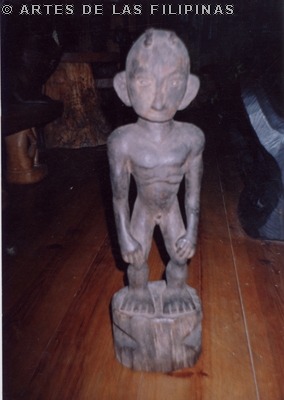
ANTIQUITY: THE HAPAO-HUNGDUAN
BUL-UL
by: Rico Acda
The Hapao bul-ul is normally carved in a standing position. Its knees are slightly flexed with its hands resting on the kneecaps. Each year, for about a century now, the bul-ulís real life family-- the Bumatangís of Magoc, Hungduan, sponsors a village festival in honor of the bul-uls as well as the appeasement of it. The family was convinced that unless it gave the annual party which involves the butchering, roasting, and dispensing of several pigs, sickness would strike the household. This is an old and strictly followed tradition the family observed.
Another Hapao example is the binakle, which has imparted to these bul-ul their distinctive white-blotched surface. This is a religious observance they follow once a year at harvest time in some parts of Ifugao. They slather on bul-ul as nourishment coasting of blood or rice wine. This pair of bul-ul was carved by Yoyog of Pakawal, Hungduan in 1910 and was used yearly in religious ceremonies -- the last occasion being the harvest canao in 1998.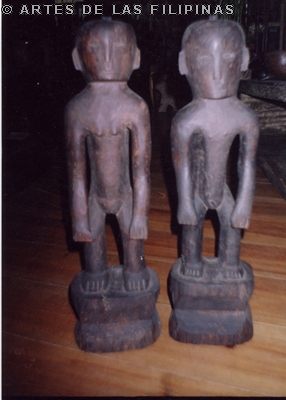
It is apparent that these bul-uls are ceremonial type because of the color of the whole body. The unequal blotched of the surface is an indication that animal blood was being bathed around the figure. The Hapao bul-ul usually has a small patched of hair pegged on top of the head.
The muscularity of the first bul-ul being noted here is somewhat being clearly defined by the carver of Magoc while there is less muscularity in the second one. The second type is somewhat rendered in an elongated body and peripheral arms. It has also a very minimal configuration of ears, nose, eyes, and lips and a portion of the head is somewhat recognizable.
(Rico Acda has written numerous articles on the subject of Bul-ul and other antiquities. He is completing his masteral studies in the University of the Philippines.)
Recent Articles
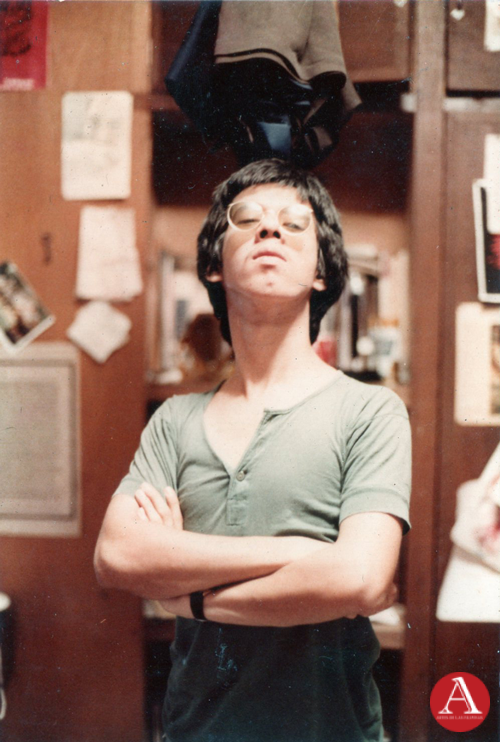 FEDERICO SIEVERT'S PORTRAITS OF HUMANISM
FEDERICO SIEVERT'S PORTRAITS OF HUMANISMJUNE 2024 – Federico Sievert was known for his art steeped in social commentary. This concern runs through a body of work that depicts with dignity the burdens of society to...
.png) FILIPINO ART COLLECTOR: ALEXANDER S. NARCISO
FILIPINO ART COLLECTOR: ALEXANDER S. NARCISOMarch 2024 - Alexander Narciso is a Philosophy graduate from the Ateneo de Manila University, a master’s degree holder in Industry Economics from the Center for Research and...
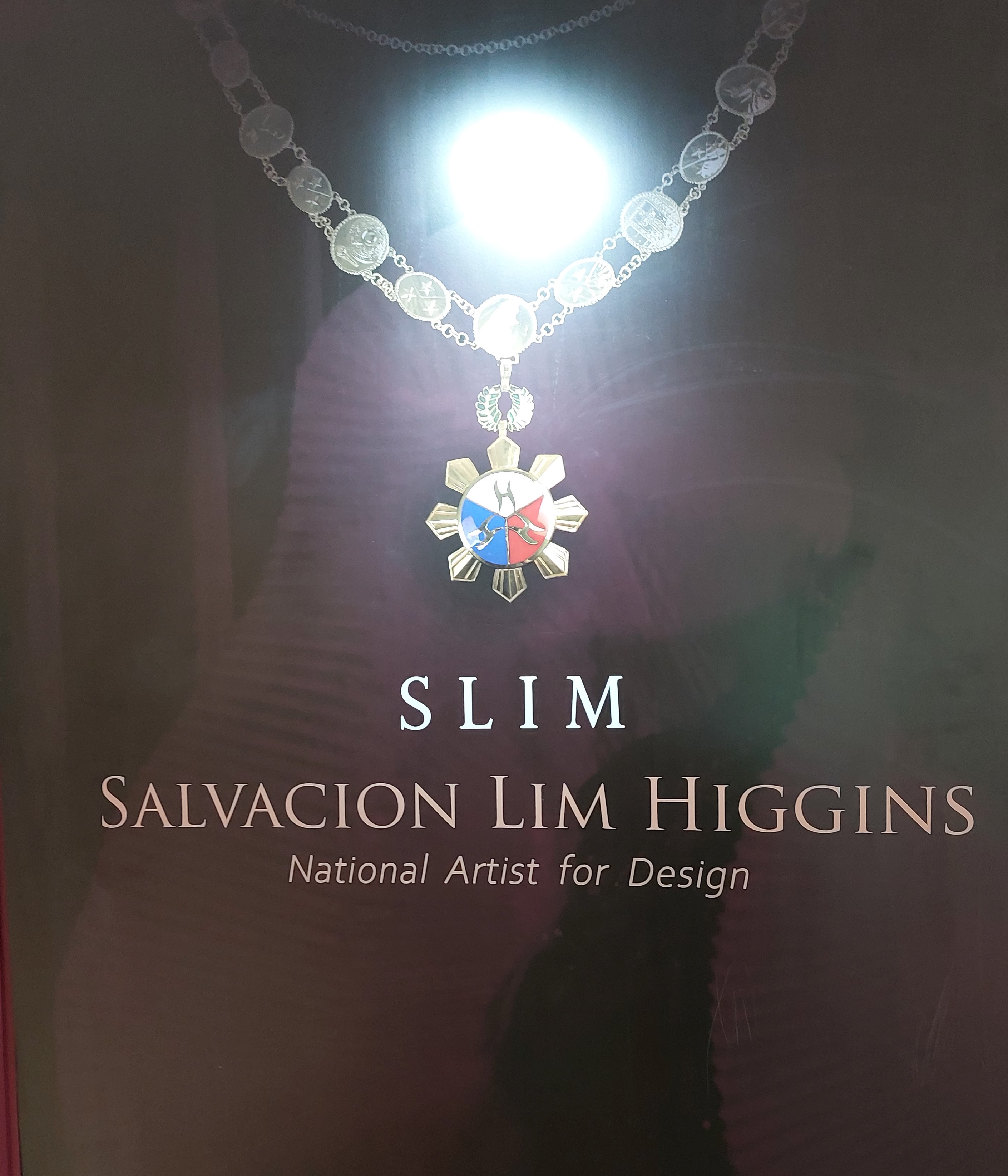 An Exhibition of the Design Legacy of Salvacion Lim Higgins
An Exhibition of the Design Legacy of Salvacion Lim HigginsSeptember 2022 – The fashion exhibition of Salvacion Lim Higgins hogged the headline once again when a part of her body of work was presented to the general public. The display...
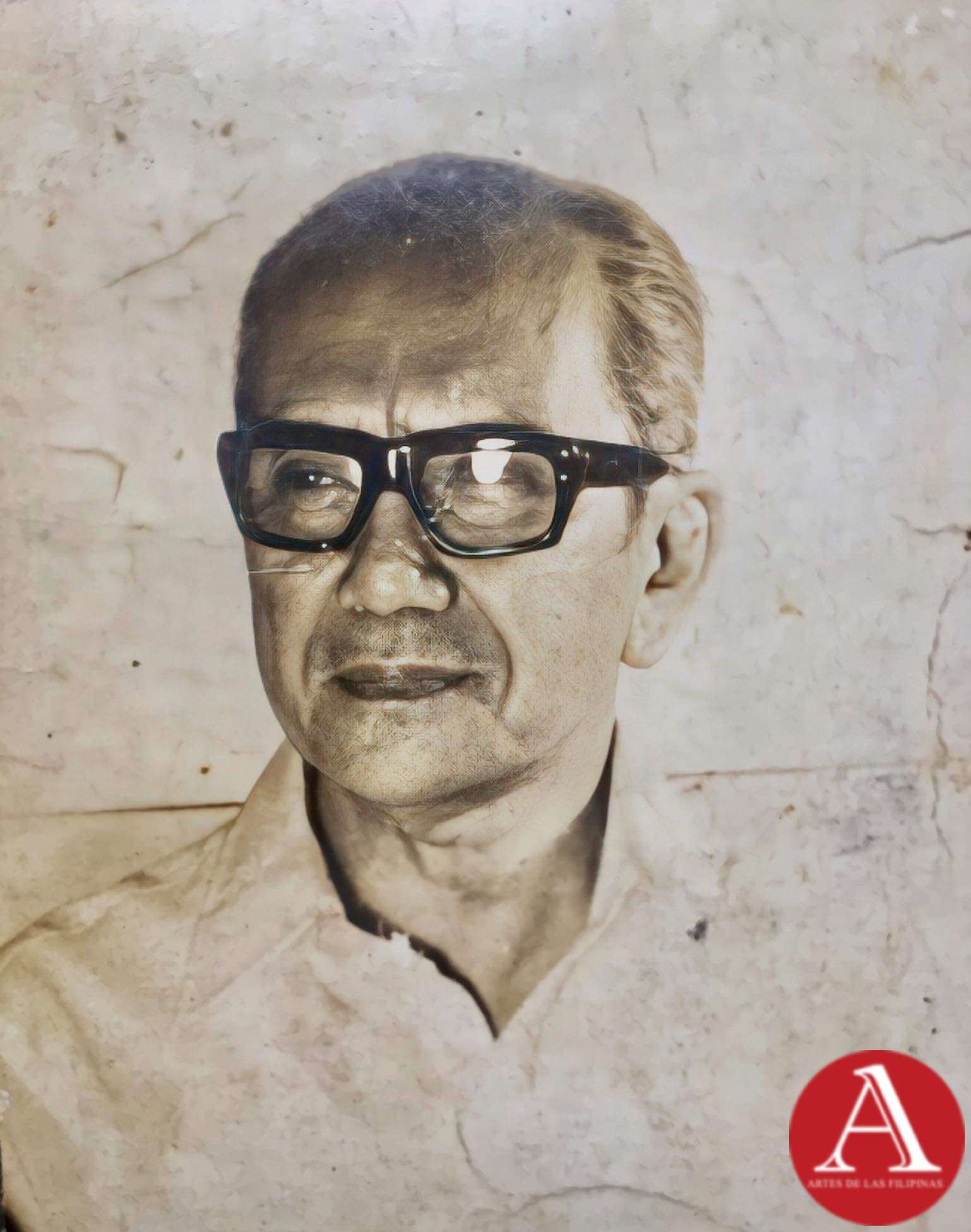 Jose Zabala Santos A Komiks Writer and Illustrator of All Time
Jose Zabala Santos A Komiks Writer and Illustrator of All TimeOne of the emblematic komiks writers in the Philippines, Jose Zabala Santos contributed to the success of the Golden Age of Philippine Komiks alongside his friends...
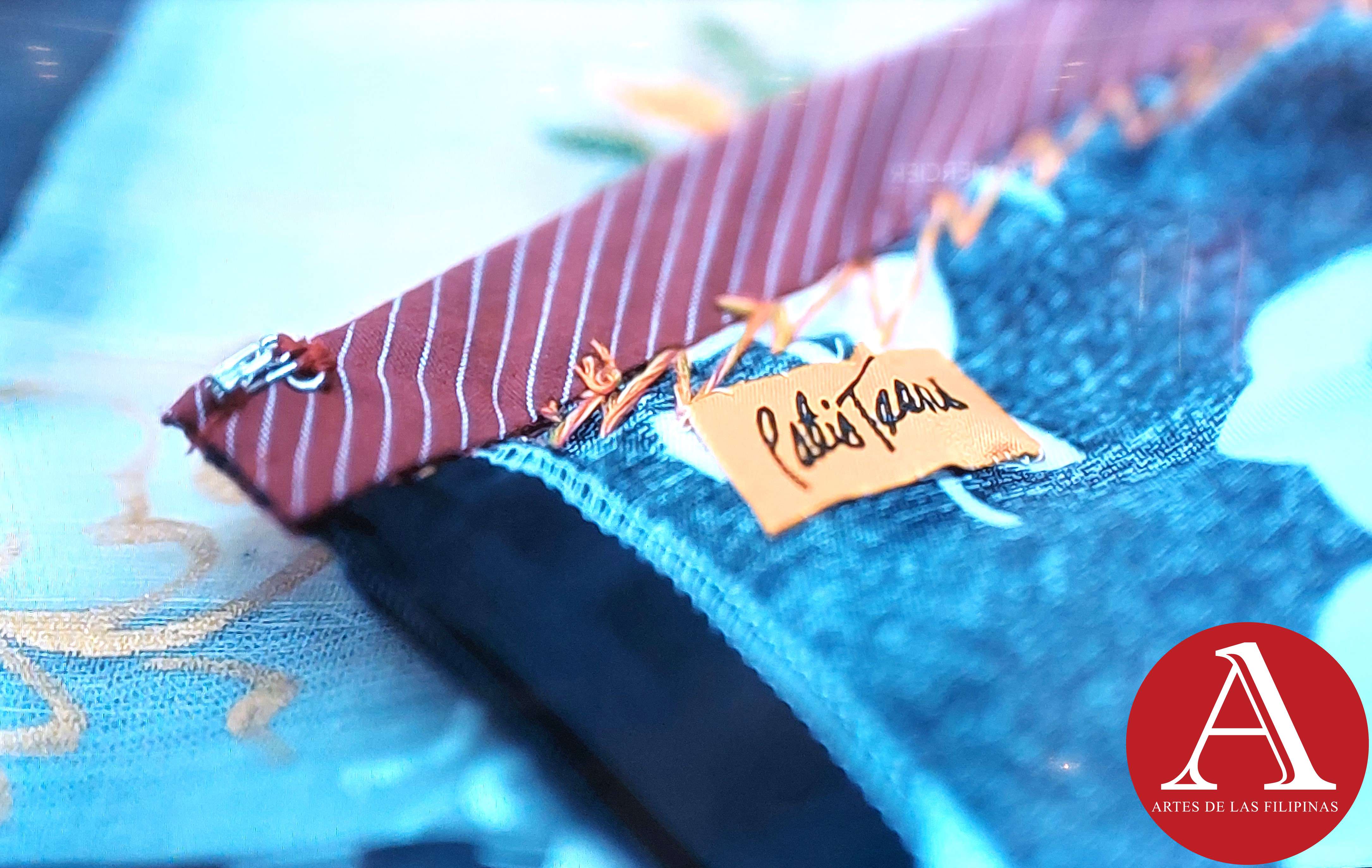 Patis Tesoro's Busisi Textile Exhibition
Patis Tesoro's Busisi Textile Exhibition
The Philippine Art Book (First of Two Volumes) - Book Release April 2022 -- Artes de las Filipinas welcomed the year 2022 with its latest publication, The Philippine Art Book, a two-volume sourcebook of Filipino artists. The...
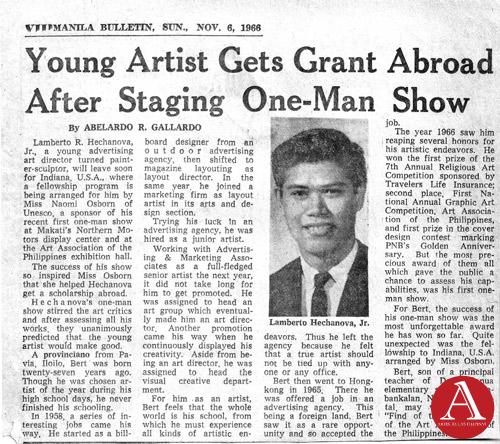 Lamberto R. Hechanova: Lost and Found
Lamberto R. Hechanova: Lost and FoundJune 2018-- A flurry of renewed interest was directed towards the works of Lamberto Hechanova who was reputed as an incubator of modernist painting and sculpture in the 1960s. His...
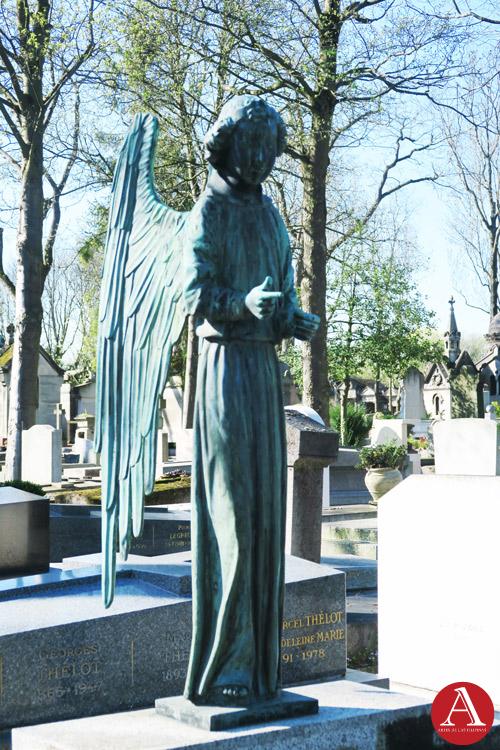 European Artists at the Pere Lachaise Cemetery
European Artists at the Pere Lachaise CemeteryApril-May 2018--The Pere Lachaise Cemetery in the 20th arrondissement in Paris, France was opened on May 21, 1804 and was named after Père François de la Chaise (1624...
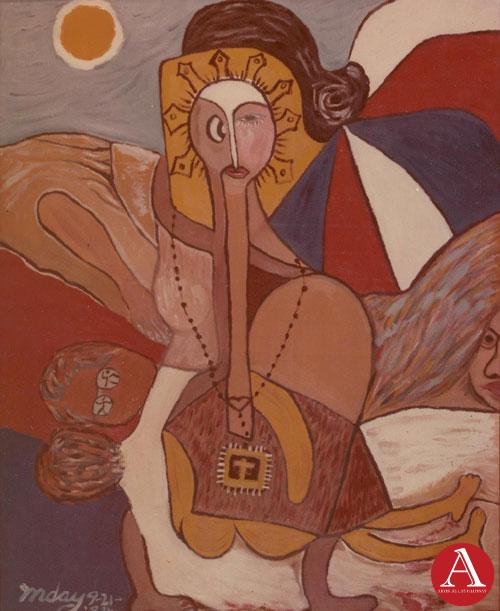 Inday Cadapan: The Modern Inday
Inday Cadapan: The Modern IndayOctober-November-December 2017--In 1979, Inday Cadapan was forty years old when she set out to find a visual structure that would allow her to voice out her opinion against poverty...
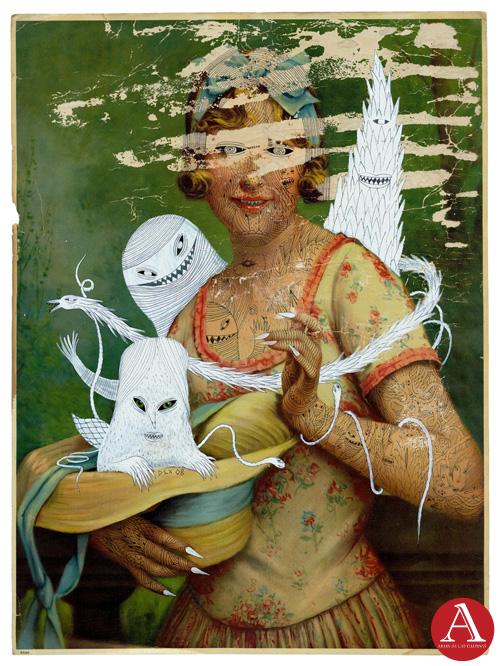 Dex Fernandez As He Likes It
Dex Fernandez As He Likes ItAugust-September 2017 -- Dex Fernandez began his art career in 2007, painting a repertoire of phantasmagoric images inhabited by angry mountains, robots with a diminutive sidekick,...



